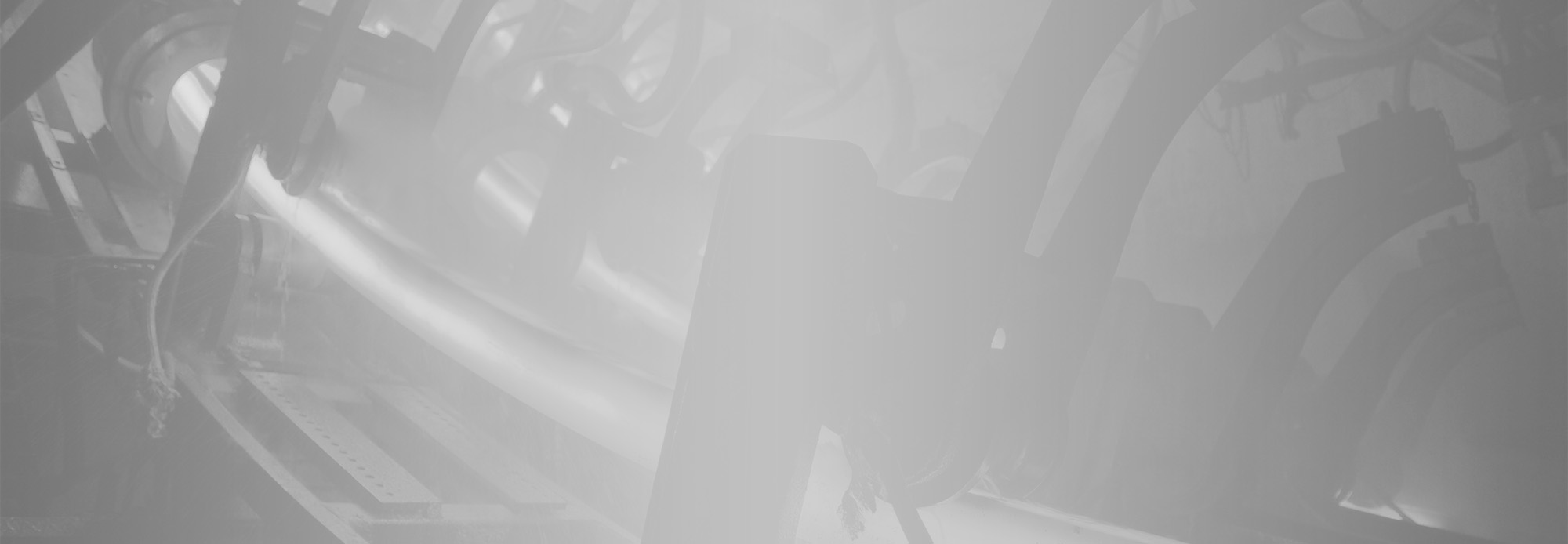Nov . 06, 2024 03:51 Back to list
Processes and Techniques in Iron and Steel Production for Modern Manufacturing
The Evolution of Iron and Steel Making A Journey Through Time
Iron and steel making is one of the most significant technological advancements in human history. This process has evolved over centuries, transforming raw materials into essential components for countless applications, from construction to transportation. Understanding the historical context and technological innovations in iron and steel production reveals how these materials have shaped our civilization.
The Early Beginnings
The origins of iron making can be traced back to ancient civilizations, with evidence suggesting that iron was first smelted around 1200 BC. Early methods involved the use of bloomeries, simple furnaces designed to reduce iron ore. The process required charcoal to provide the necessary heat, and the result was wrought iron, a malleable material that could be forged into tools and weapons. These innovations provided significant advantages over bronze, fueling advancements in agriculture, warfare, and craftsmanship.
Medieval Advancements
By the Middle Ages, iron making had become more sophisticated. The development of blast furnaces around the 14th century allowed for the production of cast iron, a more brittle yet highly versatile material. This period saw significant improvements in furnace design, enabling higher temperatures and better carbon control in the metal, which led to the production of higher quality iron and, eventually, steel.
The introduction of the finery forge enabled the conversion of pig iron into wrought iron
. These advancements laid the groundwork for the burgeoning iron and steel industries in Europe, especially in regions rich in iron ore, like Wales and Germany.The Birth of Modern Steel Making
iron making and steel making

The 19th century heralded a new era in iron and steel production, primarily with the introduction of the Bessemer process. Invented by Henry Bessemer in the 1850s, this process involved blowing air through molten pig iron to remove impurities and lower carbon content. The result was a strong, durable steel that revolutionized construction and manufacturing. The Bessemer process drastically increased production capacity and, combined with the Industrial Revolution, led to the widespread use of steel in infrastructure projects, such as railways, bridges, and buildings.
Following the Bessemer process, other methods such as the open-hearth process and the Siemens-Martin process further improved steel quality and production efficiency. This era marked the transition from wrought iron to steel as the primary material for construction and manufacturing.
The 20th Century and Beyond
The 20th century saw the emergence of new steelmaking techniques, notably the Basic Oxygen Process (BOP) and Electric Arc Furnace (EAF). The BOP, developed in the 1950s, uses oxygen to convert molten pig iron into steel in a fraction of the time required by earlier methods. On the other hand, the Electric Arc Furnace allows for the recycling of scrap steel, significantly reducing carbon emissions and energy consumption compared to traditional methods.
As environmental concerns grew, the steel industry began to focus on sustainable practices. Innovations in production processes and materials science aim to reduce the carbon footprint of steel production. New technologies include carbon capture and storage (CCS), as well as hydrogen-based direct reduction methods that have the potential to revolutionize steelmaking by significantly lowering greenhouse gas emissions.
The Future of Iron and Steel Making
Looking ahead, the future of iron and steel making is poised for further advancements. The integration of artificial intelligence and automation in production processes holds the promise of enhanced efficiency and reduced costs. Additionally, ongoing research into alternative materials and processes may yield breakthroughs that challenge our reliance on traditional iron and steel.
In conclusion, the journey of iron and steel making has been marked by remarkable innovations that have shaped human society. From ancient bloomeries to modern electric arc furnaces, the evolution of these materials reflects our ongoing quest for improvement and sustainability. As we continue to innovate and adapt, the iron and steel industry will undoubtedly play a crucial role in building the future.
-
Eco-Friendly Granule Covering Agent | Dust & Caking Control
NewsAug.06,2025
-
Fe-C Composite Pellets for BOF: High-Efficiency & Cost-Saving
NewsAug.05,2025
-
Premium Tundish Covering Agents Exporters | High Purity
NewsAug.04,2025
-
Fe-C Composite Pellets for BOF | Efficient & Economical
NewsAug.03,2025
-
Top Tundish Covering Agent Exporters | Premium Quality Solutions
NewsAug.02,2025
-
First Bauxite Exporters | AI-Optimized Supply
NewsAug.01,2025
